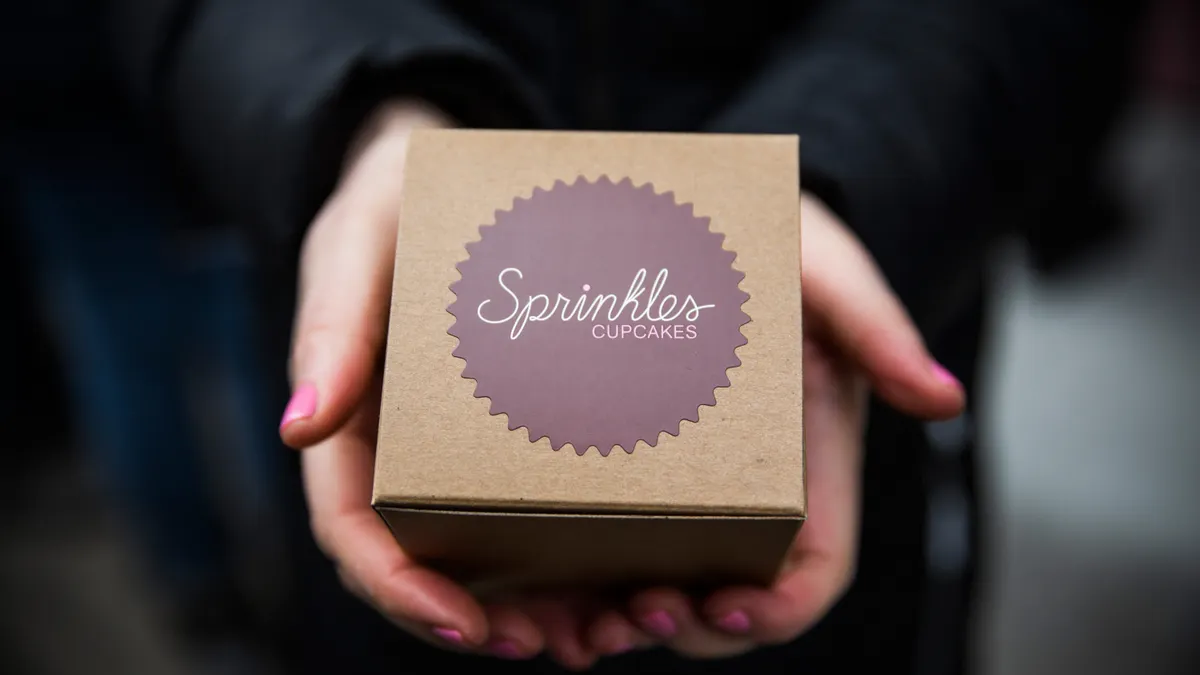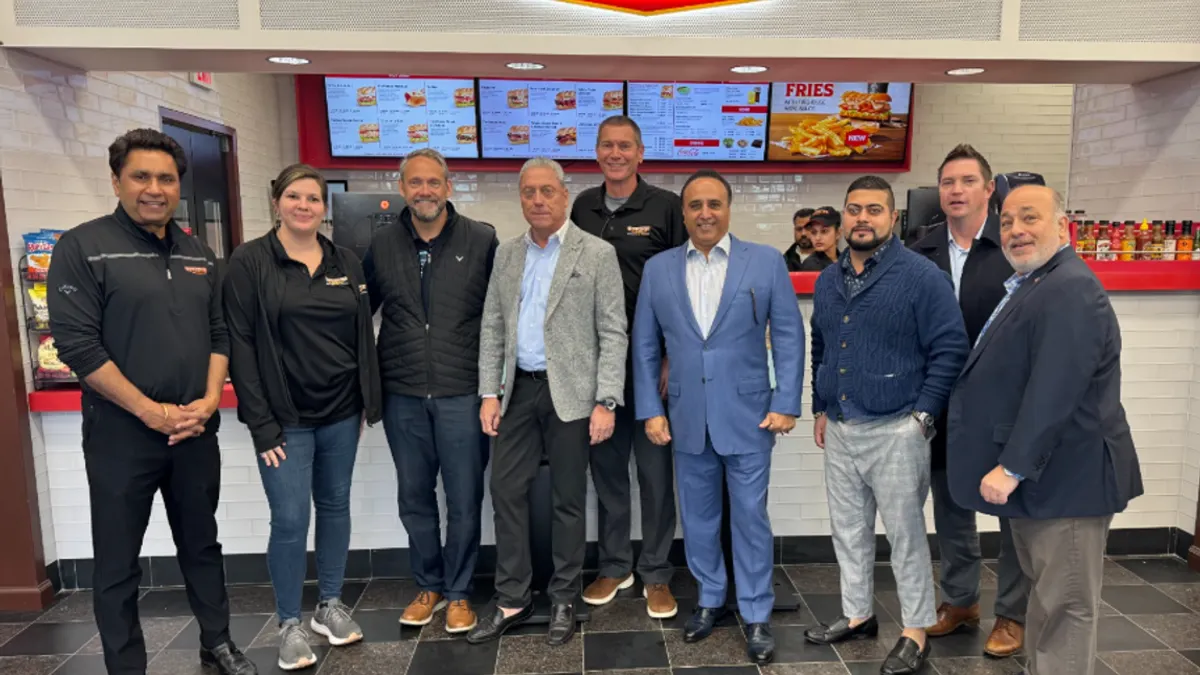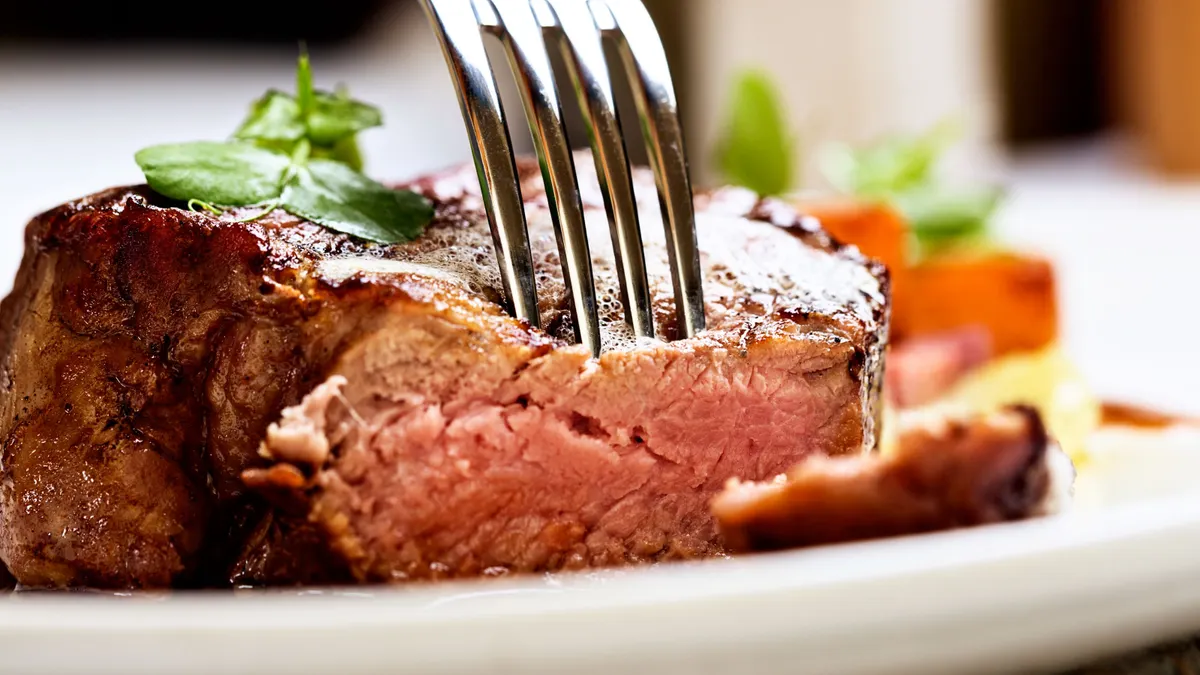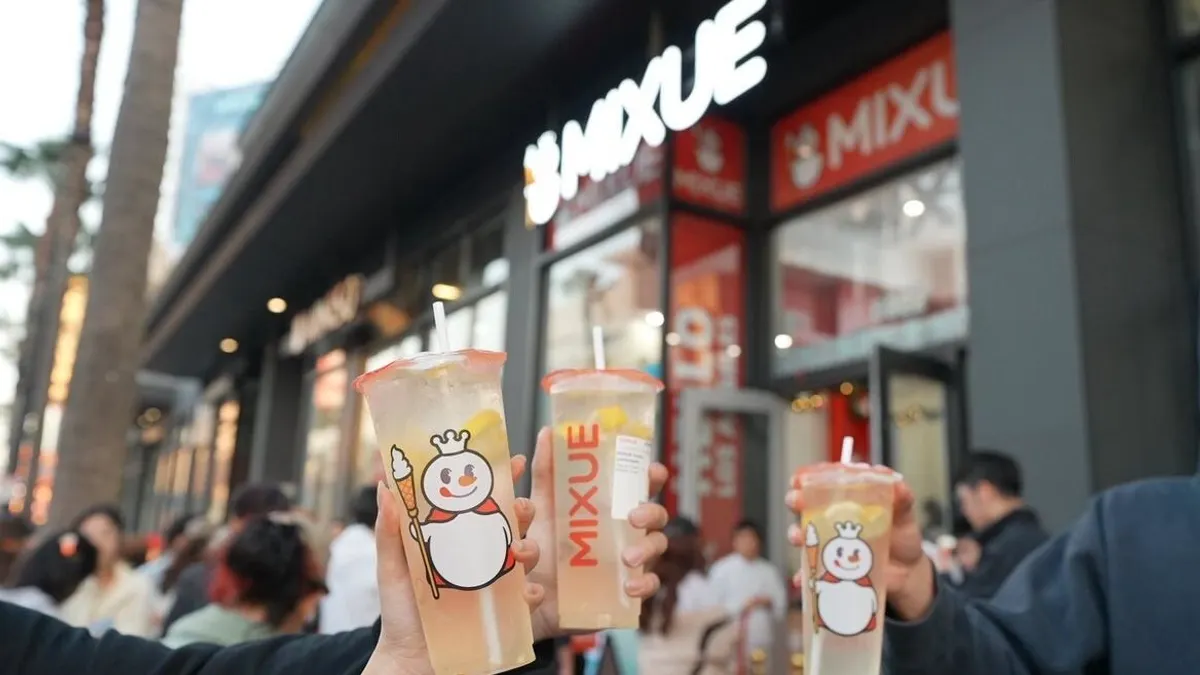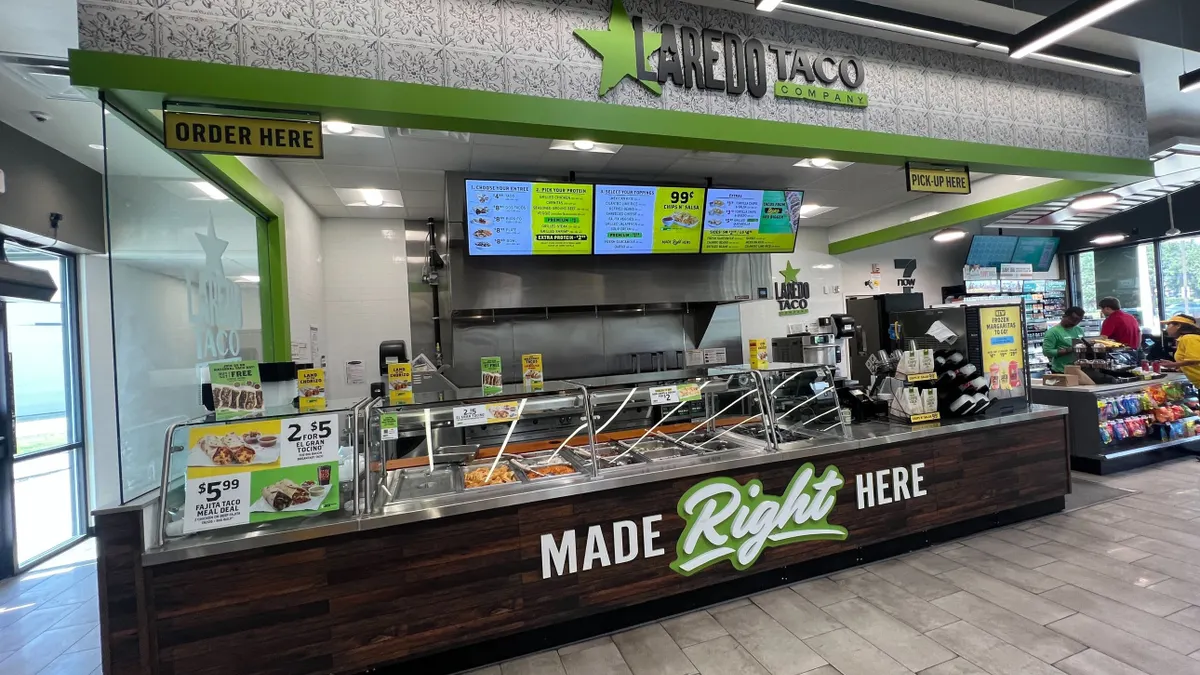Chili's wants to remember your order. Through a partnership with Presto, a front-of-house technology firm, it is hoping to be able to do just that and more.
The casual chain will soon roll out PrestoPrime tabletops across its 1,250 restaurants, collecting information on diner behavior and allowing guests to pay at their tables multiple ways, including cashless apps. It will also let customers log into My Chili's Rewards, where they can view past purchases and select their dietary preferences and food allergies, according to a press release emailed to Restaurant Dive. This second feature is part of a larger tech strategy that Chili’s is pursuing: personalization.
"All the technology we're evaluating, including Presto, is focused on providing that differentiated experience of knowing the guests, showing them that we know them and showing them that they are valued," Wade Allen, Brinker International’s chief digital officer, told Restaurant Dive. Brinker International is Chili’s parent company.
As guests interact with the Presto device, Chili's will use that information to better understand the guest, such as what games they played, if they have kids, whether or not they are price sensitive and what kind of food they consume, Allen said. The platform also will allow diners to log into Chili's loyalty program to view rewards, see past orders and access available coupons they might have, Allen said.
The platform lets Chili's gather data on guest behavior, including whether they have ordered to-go, delivery or eaten in the dining room. This information helps the restaurant paint a more holistic picture of their customers and provides more tailored food and beverage recommendations, he said.
Chili's, which first used tabletop technology in 2014, isn’t alone in its pursuit of technology. As casual dining restaurants struggle with boosting same-store sales, they are searching for ways to bring people back to their restaurants to bolster growing off-premise sales. Many have turned to tabletop technology as a solution over the last five years, including Applebee's, Outback Steakhouse and Red Robin. Tabletop tech has helped reduce the burden on wait staff to return to the table to distribute checks and also provides additional revenue via paid games, according to Eater.
Chili's use of technology is already paying off — it's had six consecutive quarters of positive comp sales. Positive financial results in fiscal Q1 2020, including a 2.3% increase in comp sales, were largely driven by the company’s strategy to use its tech platforms to meet guest expectations, Wyman Roberts, Brinker International CEO, said during an October earnings call with investors.
Using tabletop tech focused on personalization could help the company further this strategy.
"As we collect more information, as we use more technology, we're able to provide that experience, whether it's convenience, whether it's value or a combination of those two or something else that we don’t have total visibility [of?] today," Allen said.
Tabletop technology isn't the only area that excites Allen when it comes to a focus on personalization. He's also keeping a close eye on different technology that could help with customer retention, including online ordering capabilities that allow Chili’s to identify guests both online and offline, and beacon technology that identifies when a guest moves across different restaurants, he said. Server handheld technology for point-of-sales could provide an added area of convenience, he said.
"You need to arm your wait staff with the ability to have information about your guests, but also [the ability] to take their orders at the table," he said.
This ability is very different than how casual restaurants have traditionally functioned. In the past, wait staff wrote orders on paper or remembered them before walking to a POS terminal to submit the orders, which takes time and can lead to problems, he said.
Chili's uses loyalty IDs to identify a customer's order history in its backend system, which can be used with to-go and even orders made on DoorDash, its delivery partner. However, the company is still figuring out how to link customers who aren’t within its loyalty program, but without a loyalty ID, there just isn't a clear and consistent way to collect the same amount of robust customer data, he said.
"Our goal is to go back to that personalization piece that ultimately shows a holistic view of the customer because if you only knew me in one channel, you won’t really know all of my preferences," Allen said. "To know you when you walk in our restaurant and know that you’ve been a customer and know that you like certain food and drink and you have certain preferences, we think will be critical in the future."






